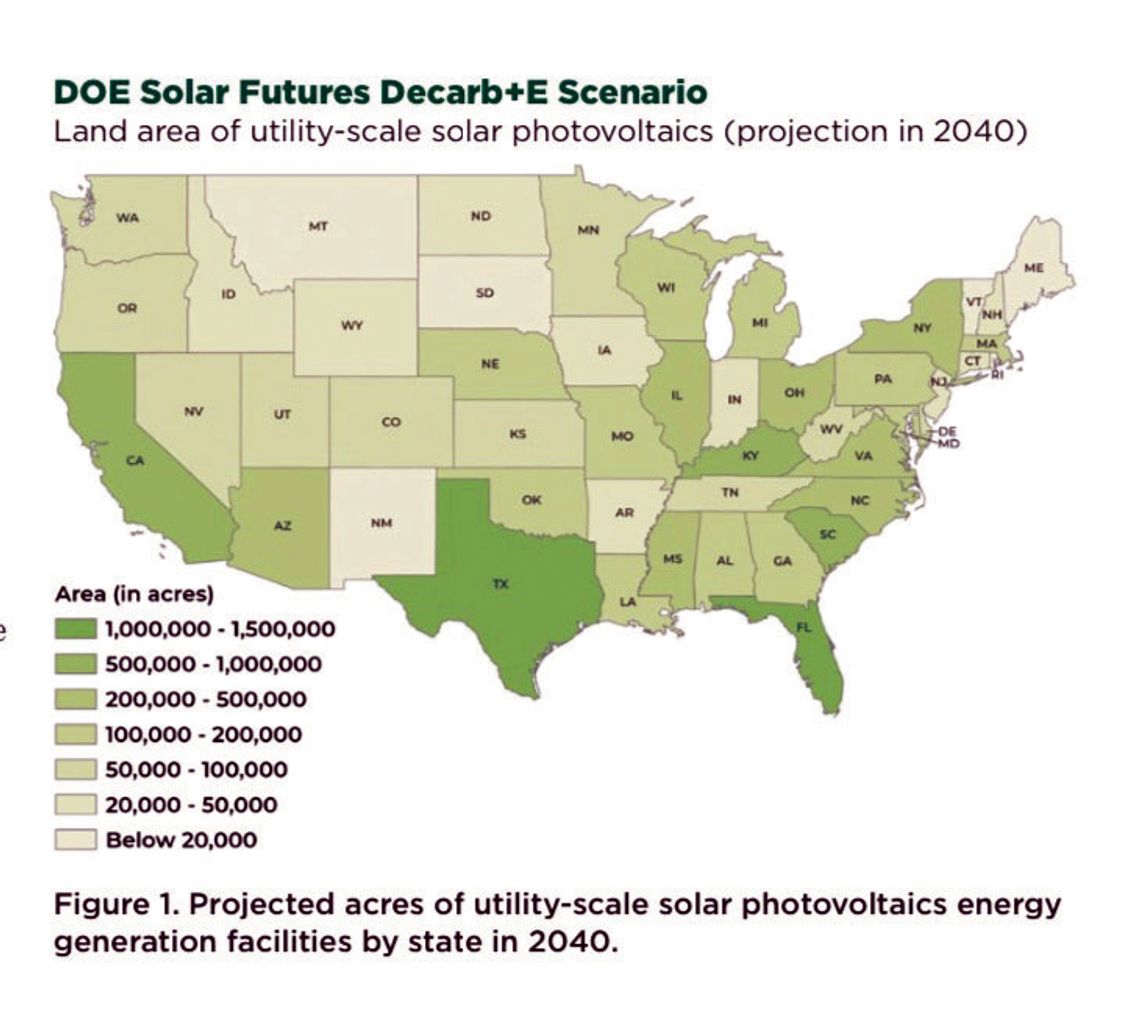As Williamson County continues to grow, agricultural land may be at risk.
According to data done in 2016 by the American Farmland Trust, an organization designed to protect farmland and ranchland, the county is projected to lose nearly 58,000 acres of farmland to conversion by 2040 under current trends.
The American Farmland Trust is a part of the Texas Land Trust Council, a nonprofit organization that seeks to conserve Texas’ natural lands and waters.
“Williamson County is a rapidly urbanizing county on the fringes of Austin,” said Lori Olson, executive director of the Texas Land Trust Council. “There’s a lot of growth there, so preserving those agricultural lands is really important, but also for wildlife habitat. That’s really essential, especially in those urbanizing areas.”
One potentially significant purpose farmland is being converted for is to make way for solar farms. With energy demand increasing, there is an increasing desire to try to reduce carbon emissions as much as possible.
According to a 2020 study from the U.S. Department of Energy, increases with renewable energy, primarily solar energy, may rise to 45 percent by 2050. That same study states that it would take 10.4 million acres to be designated for solar energy.
Approximately 90% of that land use would take place in rural communities.
“I think (solar) is the next big boom that is happening in the energy sector in terms of land use,” Olson said. “It’s just something that needs a lot more attention.”
Brian Korgel is the director of the Center for a Solar Powered Future, a research center aimed at addressing global energy sustainability. He and his research team, also known as SPF2050, have a goal to enable the United States and the world to achieve a zero carbon footprint by 2050.
The vision is to rely primarily on solar and use other energy sources to create a reliable system that does not emit carbon emissions.
Korgel said that since Texas is made up of around 95% private lands, whether to convert land to a solar farm is up to the owner.
“Landowners definitely care about the environment, but they’re also looking for value in their land,” Korgel said. “If they can make a lot more money by putting a solar farm on their land, then a lot of times that becomes a decision maker for them.”
Korgel said that a lot of people, including his research center, have begun thinking of ways to deploy solar farms on a large scale while still utilizing the land. The process of installing solar panels on farmland in a way that still allows for farming and ranching is called agrivoltaics.
The American Farmland Trust has a similar research program called Smart Solar, which seeks to balance the need for renewable energy with maintaining productive farming.





